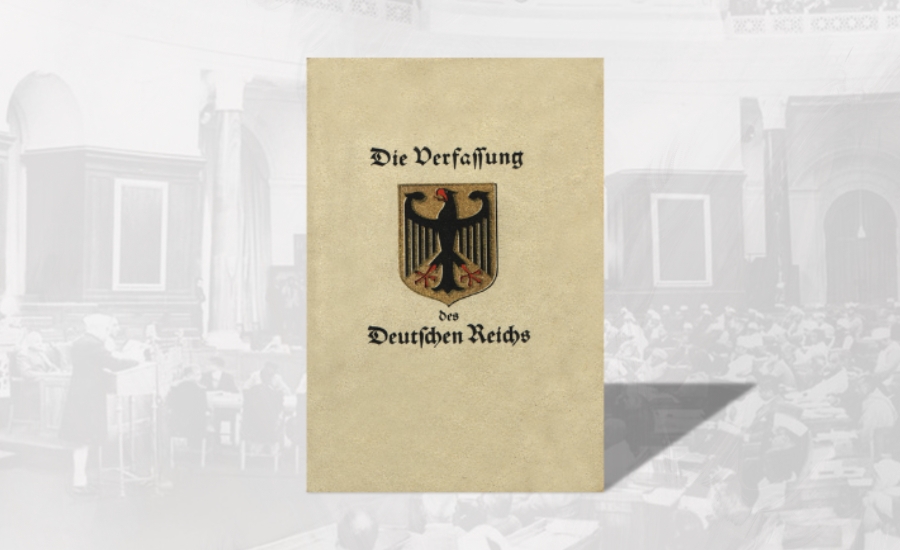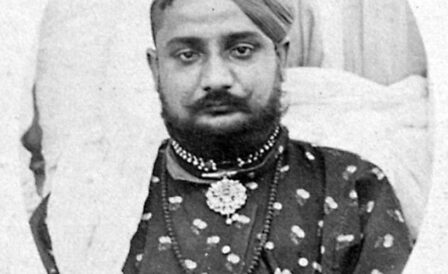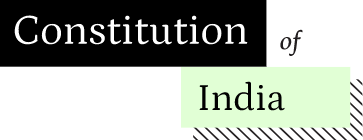
Bismarck’s unified German Empire reached its zenith in the early 20th century during Europe’s Arms Race. This escalating militarisation culminated in the First World War and Germany’s defeat. The German Empire was dismantled, and a Constituent Assembly in Weimar established a new federal republic—the Weimar Republic.
The Weimar Constitution created a strong executive in the form of the Reich President. Article 48 authorised the President to take emergency measures, including issuing decrees without prior parliamentary approval. Friedrich Ebert, the first Reich President, frequently invoked this power to address economic and political crises. His successor, Paul von Hindenburg, and his presidential cabinets used Article 48 to bypass the increasingly fragmented Reichstag, paving the way for authoritarian governance.
It was under these conditions that Adolf Hitler, an ambitious Austrian-born leader of the National Socialist German Workers’ Party, ascended to power in the early 1930s. Appointed Chancellor, Hitler exploited Article 48 to dismantle democratic institutions through formally legal means. After the Reichstag fire, he persuaded Hindenburg to issue the Reichstag Fire Decree under Article 48—granting sweeping executive powers and suspending civil liberties. This set the stage for the Enabling Act of 1933, which empowered Hitler to legislate without Parliament or the President. The Act dissolved institutional checks and enabled the Nazi dictatorship.
The collapse of the Weimar Republic loomed large in the minds of India’s Constitution framers. Its failure informed debates not just on emergency powers, but also on federalism and representative democracy. Framers frequently cited Weimar as a cautionary tale when justifying their constitutional choices.
Dr. B.R. Ambedkar introduced the emergency provisions as Article 275 in the Draft Constitution on August 2, 1949. The text remained largely unchanged in the final version, except for a revision in Clause (1): the phrase “war or domestic violence” was replaced with “war or external aggression, or internal disturbance” to reflect a wider range of threats, including undeclared hostilities.
Debate in the Constituent Assembly revealed divergent views. A.K. Ayyar and K.M. Munshi strongly supported curbing freedoms during emergencies. Munshi argued for vesting both Union and provincial governments with powers to suspend fundamental rights, while Ayyar cited communal violence in Bengal, Assam, Punjab, and the North-West Frontier Province as justification. On the other hand, K.T. Shah, H.V. Kamath, and H.N. Kunzru opposed the suspension of fundamental rights.
H.V. Kamath was especially vocal. Drawing a stark parallel with Germany, he warned that India’s emergency provisions were even more sweeping than those in the Weimar Constitution, which Hitler had weaponised to destroy democracy. He remarked:
“I had sought to show that the very Article 48 of the Weimar Constitution was used by Herr Hitler to destroy democracy in Germany and to establish his dictatorship. All right; if we are aiming at that objective… be honest; be straight; do not adopt subterfuges…”
Others, like S.L. Saxena, dismissed such comparisons. He argued that India’s Article 275 did not grant the Centre the kind of unchecked power conferred by Article 48 in Weimar. The Indian provision, he insisted, only enabled essential governance during war or insurrection.
Concerns about centralisation and authoritarian drift were echoed by H.N. Kunzru during discussions on the financial emergency clause, which he believed undermined state autonomy. After extended deliberations, the Assembly revised the draft to allow only the suspension of the right to constitutional remedies under Article 32, rather than a blanket suspension of all fundamental rights.
Even the nature of the Indian presidency raised concerns. A.C. Guha warned that the emergency powers resembled those of the German President prior to Hitler’s rise. Shankarrao Deo observed that the Indian presidency, unlike its American or French counterparts, was a hybrid office—neither purely ceremonial nor fully executive, but still potent. He and others feared that under emergency provisions, the Indian President could become a “virtual dictator.” N. Ranga similarly cautioned that excessive centralisation could enable future leaders to dissolve opposition-led state governments, as Hitler had done.
Despite such warnings, the emergency provisions were incorporated into the final Constitution. The trauma of Partition, invoked repeatedly during the debates, was a powerful force shaping the framers’ choices. It reinforced the argument for a strong, centralised state. By the time of adoption, few federalist voices remained in the Assembly—figures like Kamath and Ranga stood almost alone in defending decentralisation and democratic safeguards.
More blog posts

Abolition of Titles: Striking Resemblance in Indian and Weimar Constitutions
07 September 2023 • By Aishwarya Birla
We trace the drafting history of Article 18 of the Constitution that abolished titles and highlight it's similarities to the Weimar Constitution.
